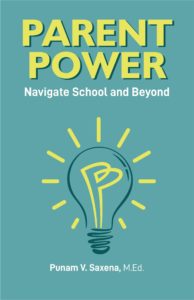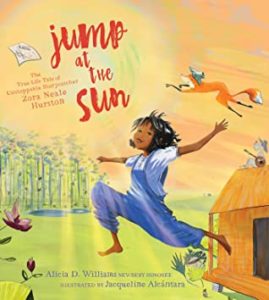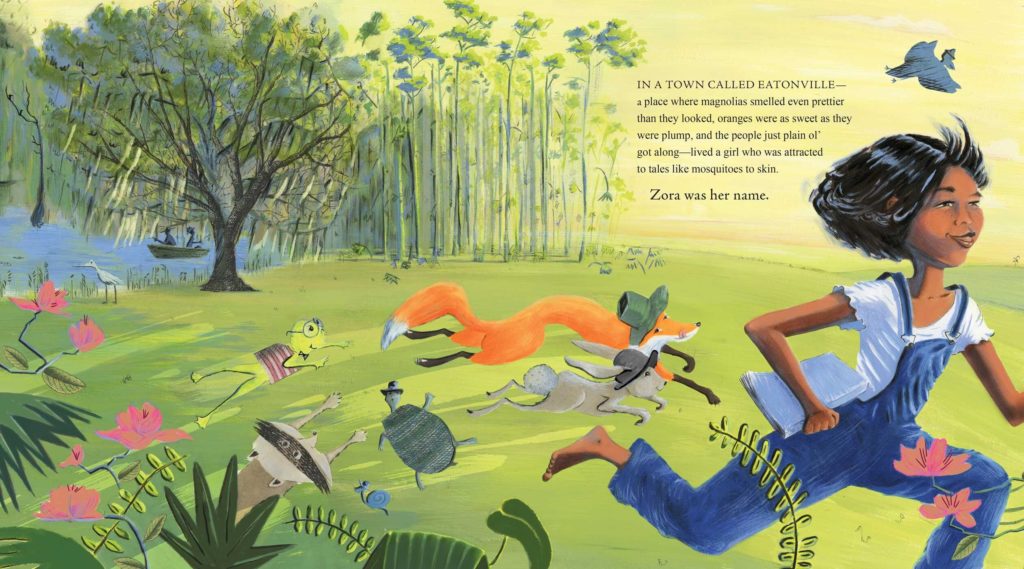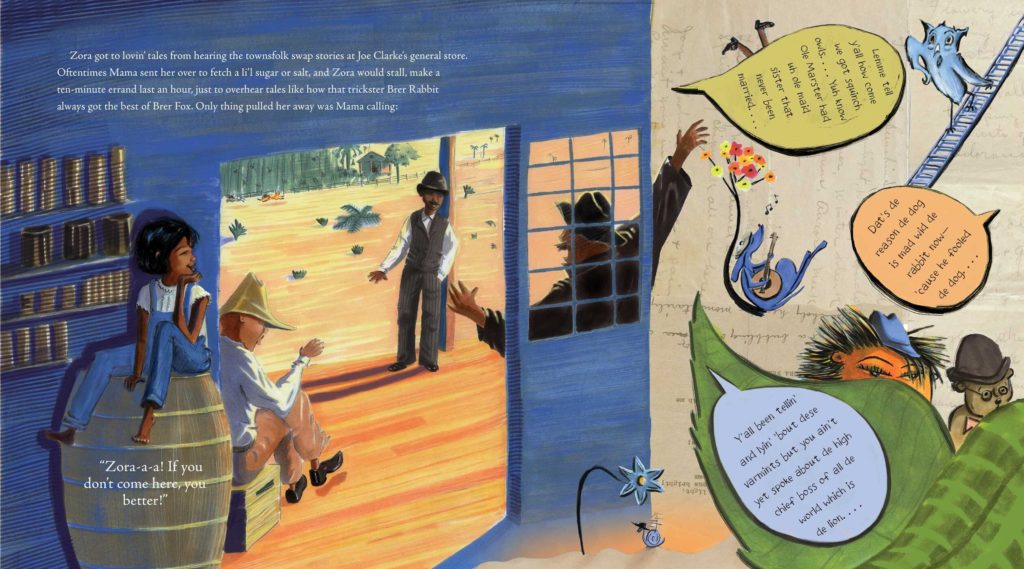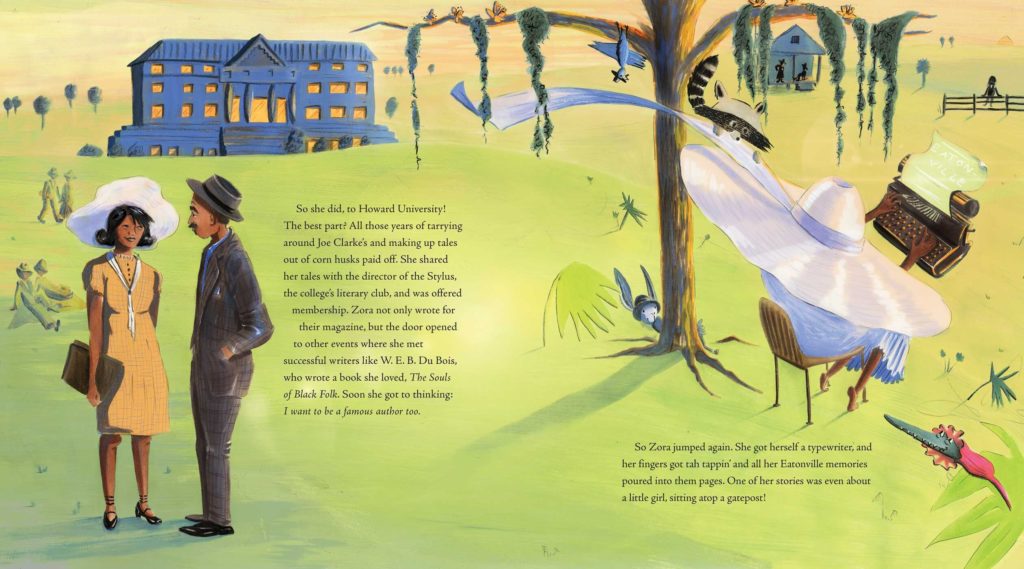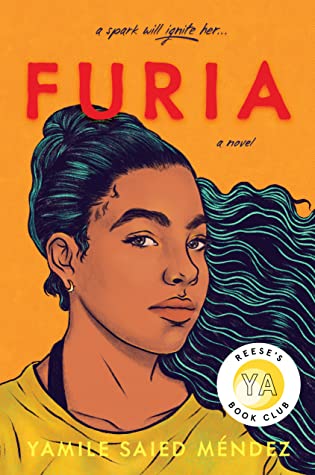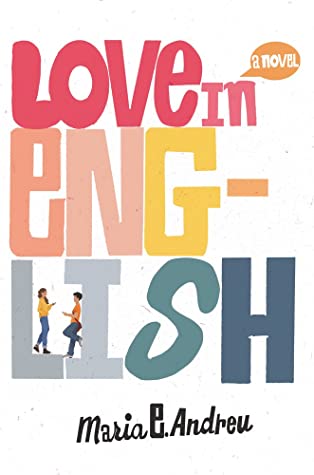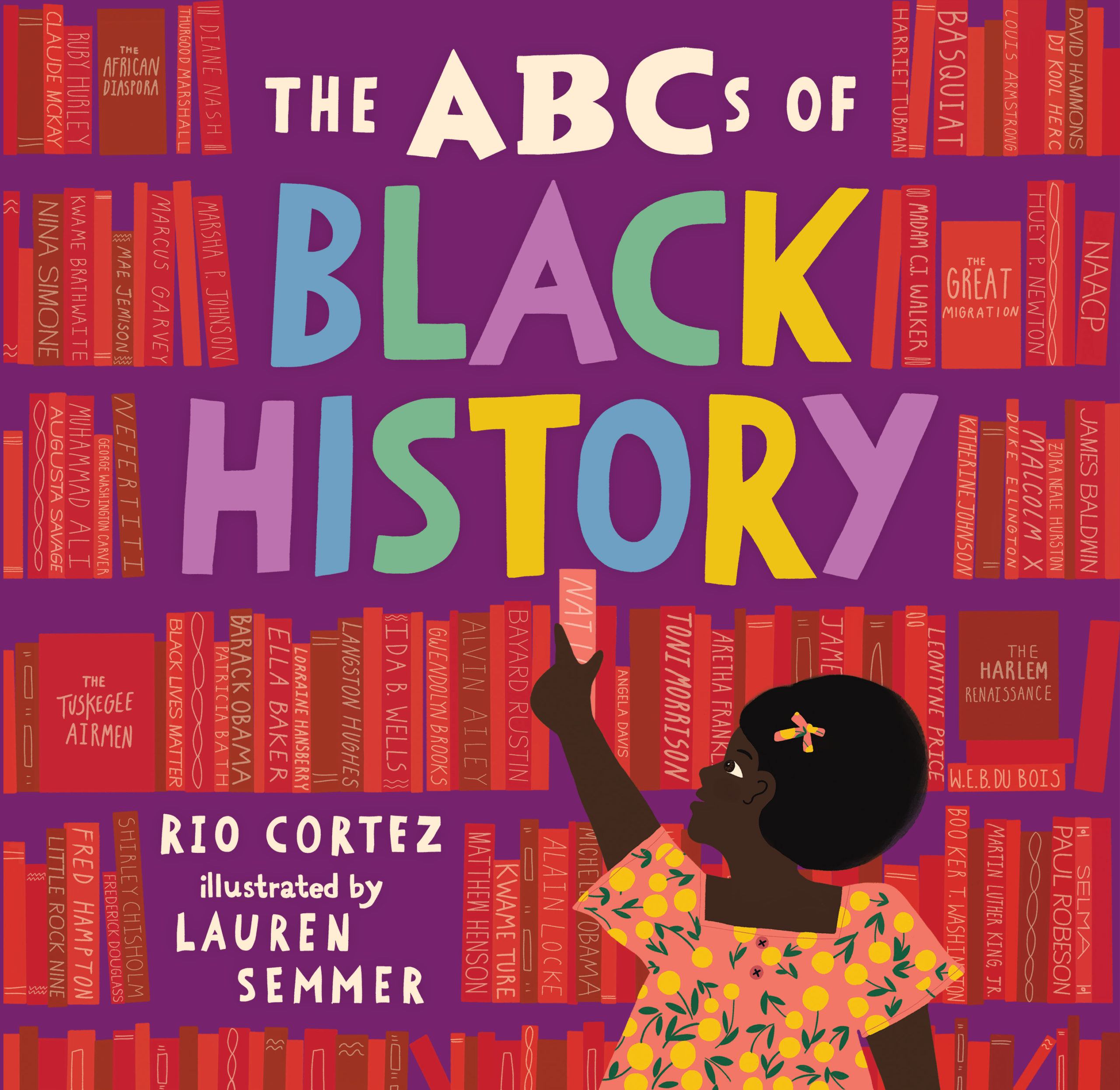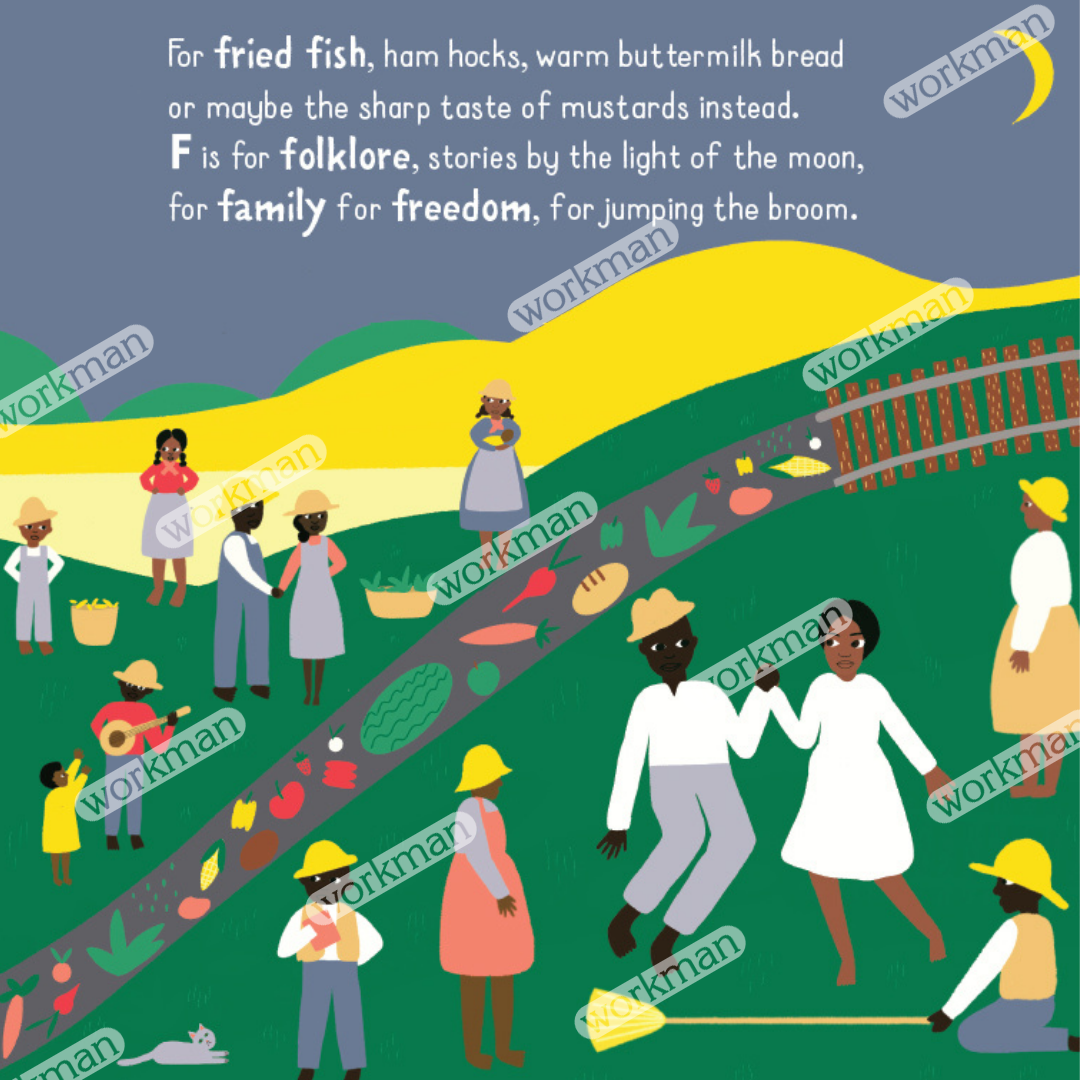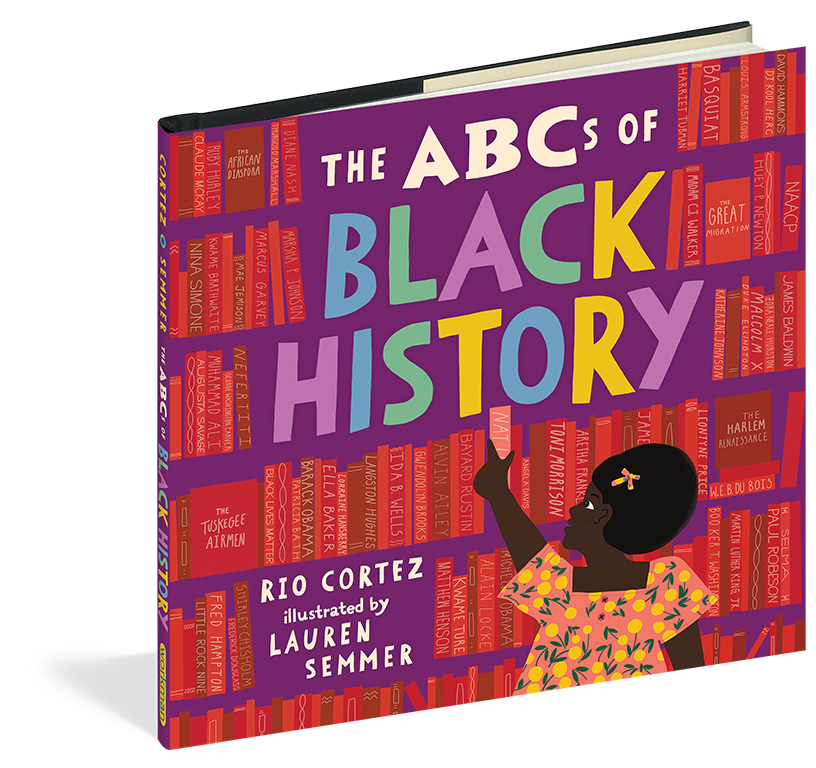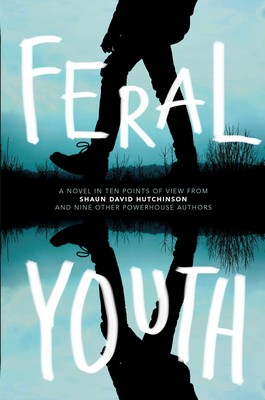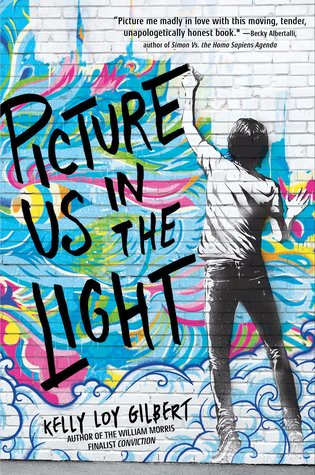“Parent – Educator Partnership”
Parent Power: Navigate School and Beyond strives to normalize parenting. Every day is different presenting its own unique rewards and challenges. We often feel like we are on a merry-go-round and cannot seem to change the mundaneness of our routines.
I felt the same way while raising my four children, I often wondered whether I was doing a good job. Often, it felt like I was “winging it” and was hoping for the best. As a former educator and then stay-in-the-car-mom (I was never at home!) for more than 20 years, it was intuitive for me to build relationships with those who interacted with my children: teachers, administrators, and coaches. I assumed that’s what we, as parents, were supposed to do. We each learned from each other, and I soon became a trusted partner at the school and district levels where we made systemic changes for our children county-wide.
Educators are at a tipping point. They have the monumental task of ensuring our students receive the education they deserve while juggling the ever-changing pandemic world of schools opening, virtual learning, or even going hybrid. It has become almost comical at what is expected and what is reasonable.
Wouldn’t it be nice for educators to have a resource that has insight and expertise in the student’s physical and mental well-being? Someone who we can partner with to help the student where they currently are academically and then help them reach their full potential?
Parents! They are our ticket to helping our students achieve the success they deserve. We need their input, their perspective of how the child learns, or if any happenings at home are affecting the student’s school performance. Their knowledge is critical to helping educators navigate learning in the manner that is most beneficial and impactful for the student.
In this uncertain time, teachers need, more than ever, parent input and guidance. We are counting on them to help us. But we also must realize the burden parents carry right now. It is imperative to create a symbiotic relationship between schools and parents for students to feel supported and achieve success.
In my debut book, Parent Power: Navigate School and Beyond, I share my insights on how an educator turned Parent Impact Coach built a relationship, became an advocate for schools and students, and helped create systemic changes at the school and district level that affected students and staff county-wide. My education background along with compassion and empathy catapulted me to the forefront of issues that impacted students long-term.
Published May 4, 2021
About the Book: Parent Power: Navigate School and Beyond strives to normalize parenting. Every day is different presenting its own unique rewards and challenges. We often feel like we are on a merry-go-round and cannot seem to change the mundaneness of our routines.
Parent Power offers insight, ideas, and methods to navigate this exhilarating, exhausting task – raising productive, compassionate, future generations. Tackling relevant topics that parents face, with a head-on approach to:
- Social media
- Sports
- Discrimination
- And many more
Each chapter ends with Punam’s Perspective, a personal anecdote that prompted the need to write the chapter. Those experiences shaped Punam as a parent and an advocate, and, eventually, on this journey to build a formidable team of parent, teacher, and school.
Mom’s Choice Awards, Gold Seal
Amazon #1 Release
Review
Reader’s Favorite, 5-Stars:
Parent and author Punam V. Saxena shares her experiences on becoming a partner in the educational process in Parent Power: Navigate School and Beyond. This invaluable work tells the tale of a stay-at-home mom who became passionate about enhancing students’ educational experience by getting involved in the academic community and forging a trusting relationship with faculty members. She addresses parenting issues related to self-care, community participation, social media control, bullying, discrimination, and quarantined parenting. The book aims to guide parents in raising emotionally intelligent kids by engaging them in dialogues that help them understand the value of diversity and justice as a concept of fairness. As parenting is a lifetime vocation, this work becomes a supportive teammate.
If you’re like most parents, you feel you’re doing a fine job in raising and dealing with your kids based on your child-rearing philosophy. You exhaust all the means to be a good provider. But at some point, it will drain you. One particular aspect that I enjoyed in Parent Power is Saxena’s take on self-care. Children can prove to be a handful, and as a parent, you too deserve tender loving care. Saxena writes with no promises but assures that it is feasible, at the very least, to decrease the frequency of your most challenging parenting days. I strongly recommend Parent Power to all parents for its inspirational and realistic approach to developing strategies to help parents become more centered and productive.
-Vincent Dublado
About the Author: Punam V. Saxena is a mother of four, holds a Bachelor’s degree in Psychology, and a Master’s in Education. Throughout her 30 years of experience between teaching and volunteering in her children’s schools, she implemented several procedures that benefited students and administrators within the school district.
She is a Parent Impact Coach, TEDx speaker, author of Parent Power: Navigate School and Beyond, and podcaster. Her work focuses on bridging the gap and fostering and stronger relationship between parents and schools by empowering parents to become partners in their child’s education.
Punam has been recognized as Volunteer of the Year at Harrison School for the Arts and has received a Key to the City in Lakeland, Florida. She has been featured in the magazines Podcast Movement, Shoutout Atlanta, Global Fluency, and Women Who Podcast. She has also spoken at several mainstage events including She Podcasts Live, Passionistas Project’s “I’m Speaking“ and Podcast Movement’s Virtual Summit. Additionally, Punam has been featured on NBC’s Atlanta & Company, CBS, ABC, and FOX.
In her spare time, she enjoys running, cooking, reading, and spending time with her family.
Link to website: www.edu-Me.net
Link to TEDx Ocala Talk: https://www.youtube.com/watch?v=DrY3dM-AvOg
Follow on social media here:
www.facebook.com/theedume
www.twitter.com/edume19
www.instagram.com/theedume
https://www.linkedin.com/in/punam-saxena-m-ed-7981b9124/
https://www.youtube.com/watch?v=DrY3dM-AvOg
Thank you, Punam, for this post! We agree that parents need to support educators and the amazing work they are doing, more importantly now than ever. It is the partnership that is important; parents should not be telling educators what to do or micromanaging instruction or instructional materials, but instead working as a parent with their own children and with their schools to ensure success of students.
